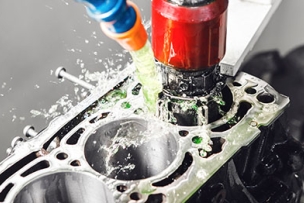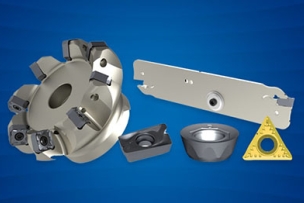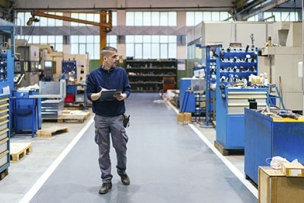Cemented carbide inserts, end mills, drills and other cutting tools are made primarily from tungsten carbide and cobalt. The first gives the tool its hardness and wear resistance, while the latter acts as a binder, holding the individual grains of tungsten carbide and other trace materials together.
The problem? Availability of the elements involved is limited.
For example, the lion’s share of the world’s tungsten—about 80 percent—is mined in China. Most of our cobalt comes from the Democratic Republic of Congo.
And while only traces of titanium, tantalum and niobium—materials added to heighten certain properties of cemented carbide—are used in its manufacture, here again, the supply bases are often located in war-torn countries or those that are less than friendly to the West.
Further, and in some ways more importantly, these essential products should never end up in a landfill, no matter where the raw materials come from.
Not only are they quite expensive on a per pound basis, but due to their great hardness and durability, they will never decompose on their own.
A Second Life for Cutting Tools
The solution to all this is an aggressive recycling strategy, with cutting tool suppliers welcoming worn or broken products back for reprocessing and their customers being vigilant about returning them.
Maybe your shop is already engaged in such a program or is actively searching one out. As you’ll soon see, there are plenty of options.
Or perhaps there’s a coffee can sitting inside the tool crib door, a Post-it note affixed to the front advertising “USED CARBIDE HERE” and an attendant wondering what to do with the contents once it’s filled.





Talk to Us!
How much is carbide scrap going for? price/lb?
515.99 in RI
42Are there any facilities near North Idaho/Eastern WA for recycling carbide?
48Are there any carbide recycling facilities near or in PA?
The scrap price would be greatly appreciated as well to see if it’s feasible to make the trip.
Thank you
42where are you located?
33Do you have any recycling centers in Kentucky? Does any of the recycling places you mentioned deal with private individuals?
33Are you able to recycle silicon carbide (SiC semiconductor ingots and wafers)?
43I want you motherfuckers to stop your God damn ads on my phone's game. I'm getting pissed off with having your fucking ad constantly popping up into the middle of my screen every fucking time I go to move a block of tiles.
35Need new job
7None
8Leave a reply
Your email address will not be published. Required fields are marked *